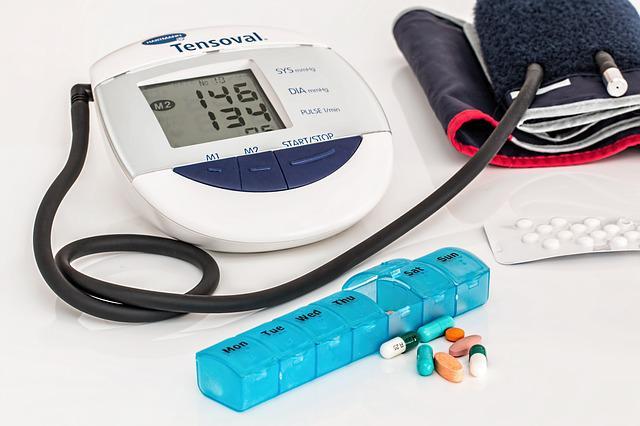Life and work after a heart attack

Life and work after a heart attack
Rehabilitation begins as early as the second or third day after myocardial infarction, so as soon as possible. Rehabilitation in hospital takes place under the supervision of a specialist - rehabilitation specialist.
Although the patient does not get out of bed bed, you can still do exercises involving moving your feet moving the feet to stimulate circulation. It is extremely important to adaptation of the heart to normal working conditions work.
Patients after hospitalisation usually receive permanent cardiological care, and should also visit their general practitioner regularly.
This is because it is necessary to start treatment to prevent a repeat infarction. Post-myocardial infarction patients should be should be aware that for the rest of their lives they will be forced to take medication regularly prescribed by their doctor, as their good health and the absence of further complications their good health, the absence of further complications and a long life in full capacity. and a long life in full performance.
Physical activity after a heart attack
People who have had a heart attack will find regular exercise helpful in their recovery recovery with regular exercise, to regain fitness, improve fitness and gain strength. An active life will also help to combat risk factors. Particularly healthy are daily walks, marches.
Exercise can be started on the very first day after returning home from hospital, if there are no contraindications from your cardiologist. Start by walking and gradually increase the level of exertion.
The only restrictions are on the performance of heavy lifting, wrestling, sprinting and jumping. sprinting and jumping. The following are also not recommended physical exertion that involves lifting (e.g. shopping in excess of 5 kg) or holding your hands up for long periods of time. holding your hands up.
Harmful effects of smoking
Smokers who have suffered a heart attack must give up smoking categorically. Cigarettes exacerbates atherosclerotic lesions and and the tendency to blood clots, They also provoke vasospasm. This puts the the patient to suffer another heart attack.
Diet after a heart attack
The diet of a heart attack sufferer is similar to the diet of those suffering from other cardiovascular diseases and consists of limiting the intake of products with a high cholesterol level, high salt content and fats of animal origin of animal origin, which include mainly: pork, butter, hen's eggs, fatty milk and milk products.
Contained, among others. The sodium contained e.g. in table salt, tinned foods and processed meats has a strong effect on raising blood pressure arterial pressure and water retention in the body, which is particularly dangerous for people with circulatory insufficiency.
- Industry
- Art
- Causes
- Crafts
- Dance
- Drinks
- Film
- Fitness
- Food
- Games
- Gardening
- Health
- Home
- Literature
- Music
- Networking
- Other
- Party
- Religion
- Shopping
- Sports
- Theater
- Wellness
- News


